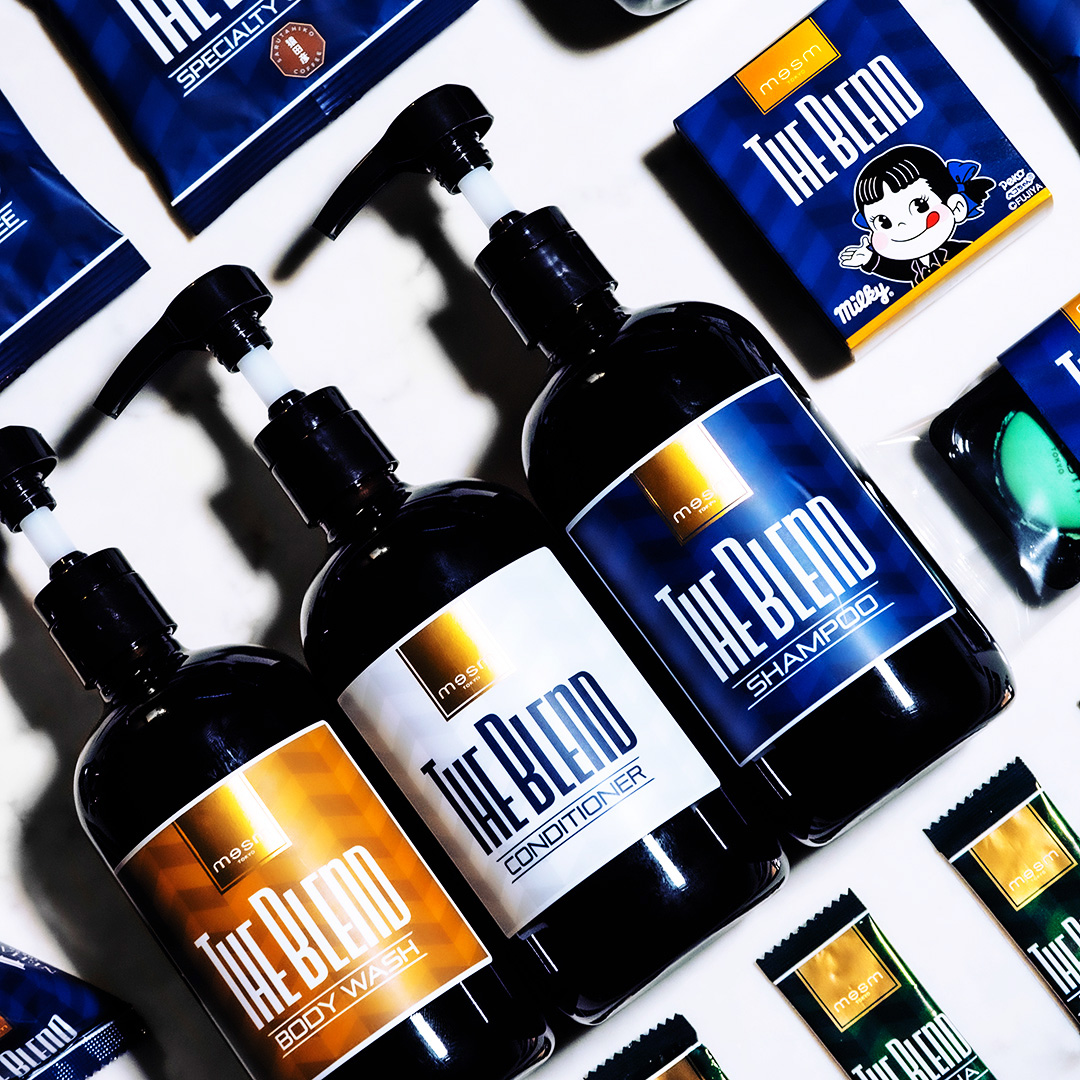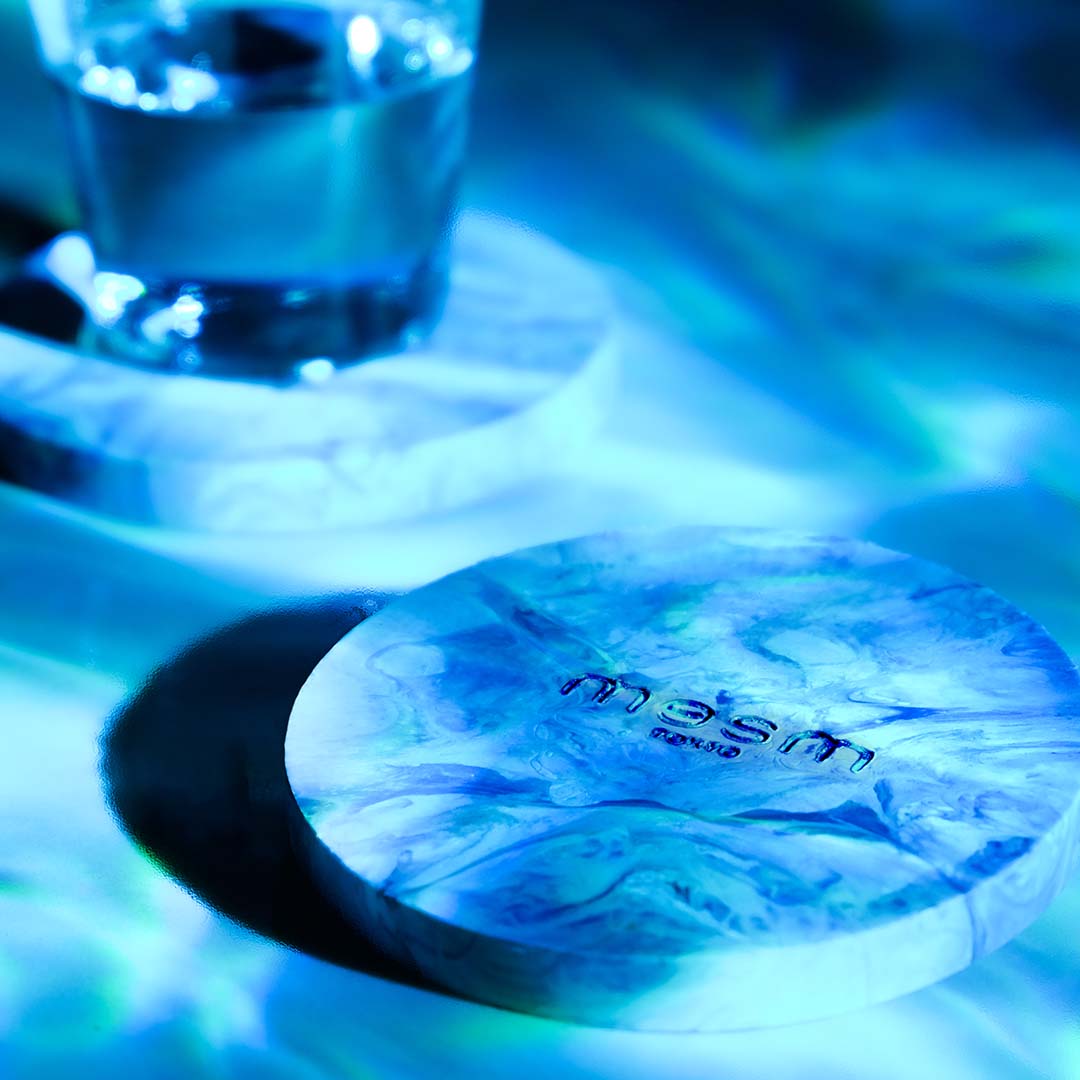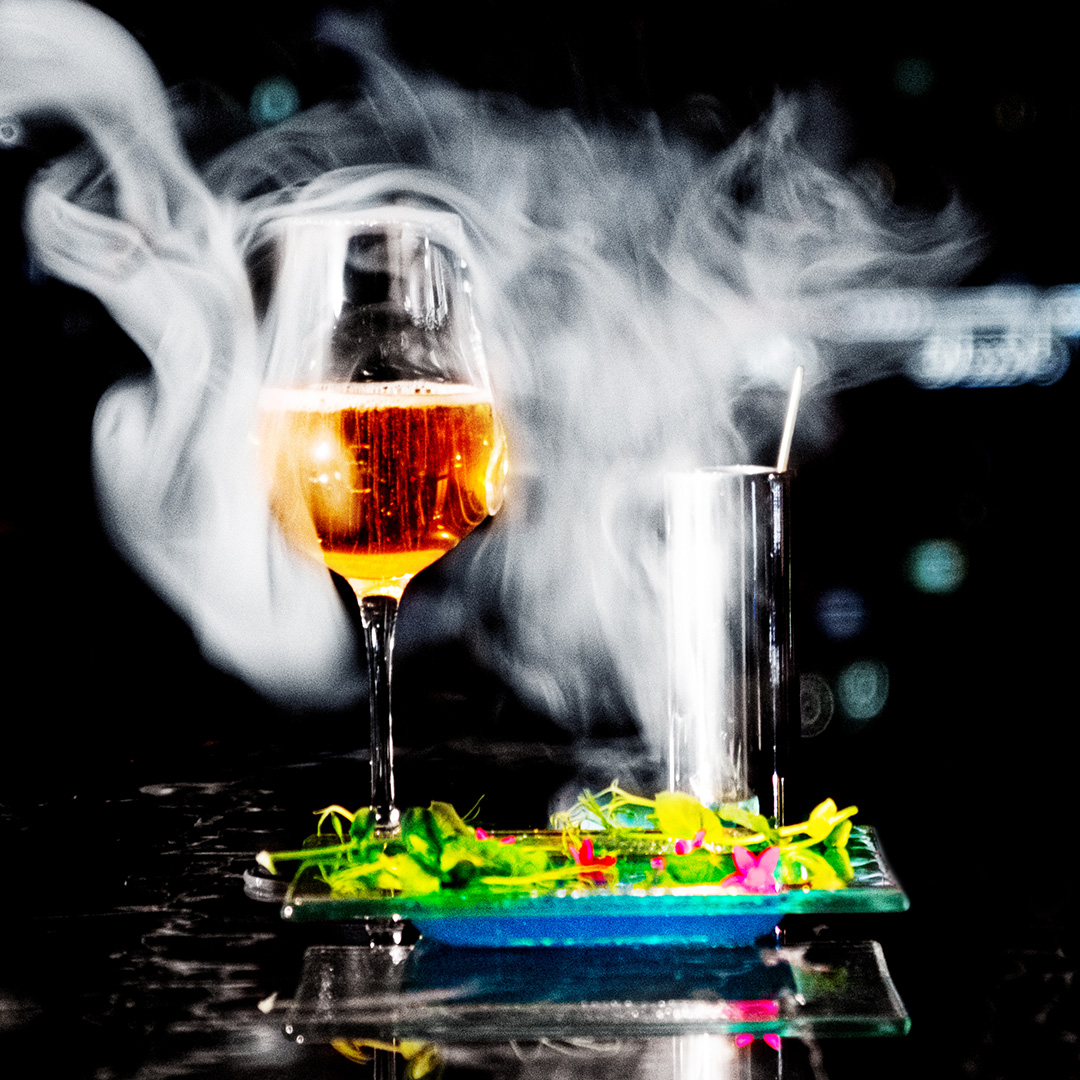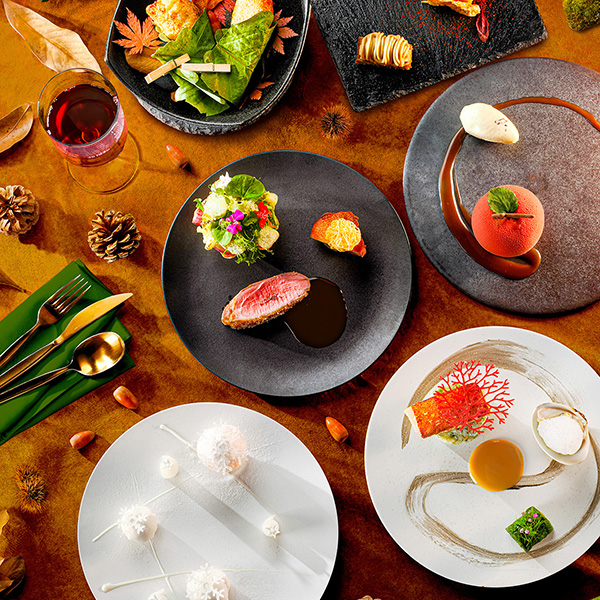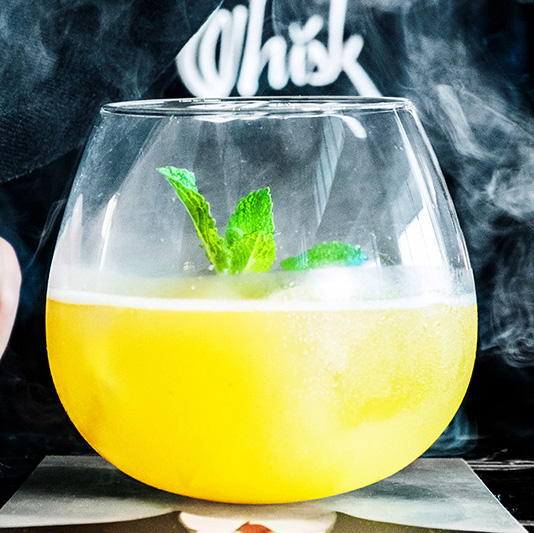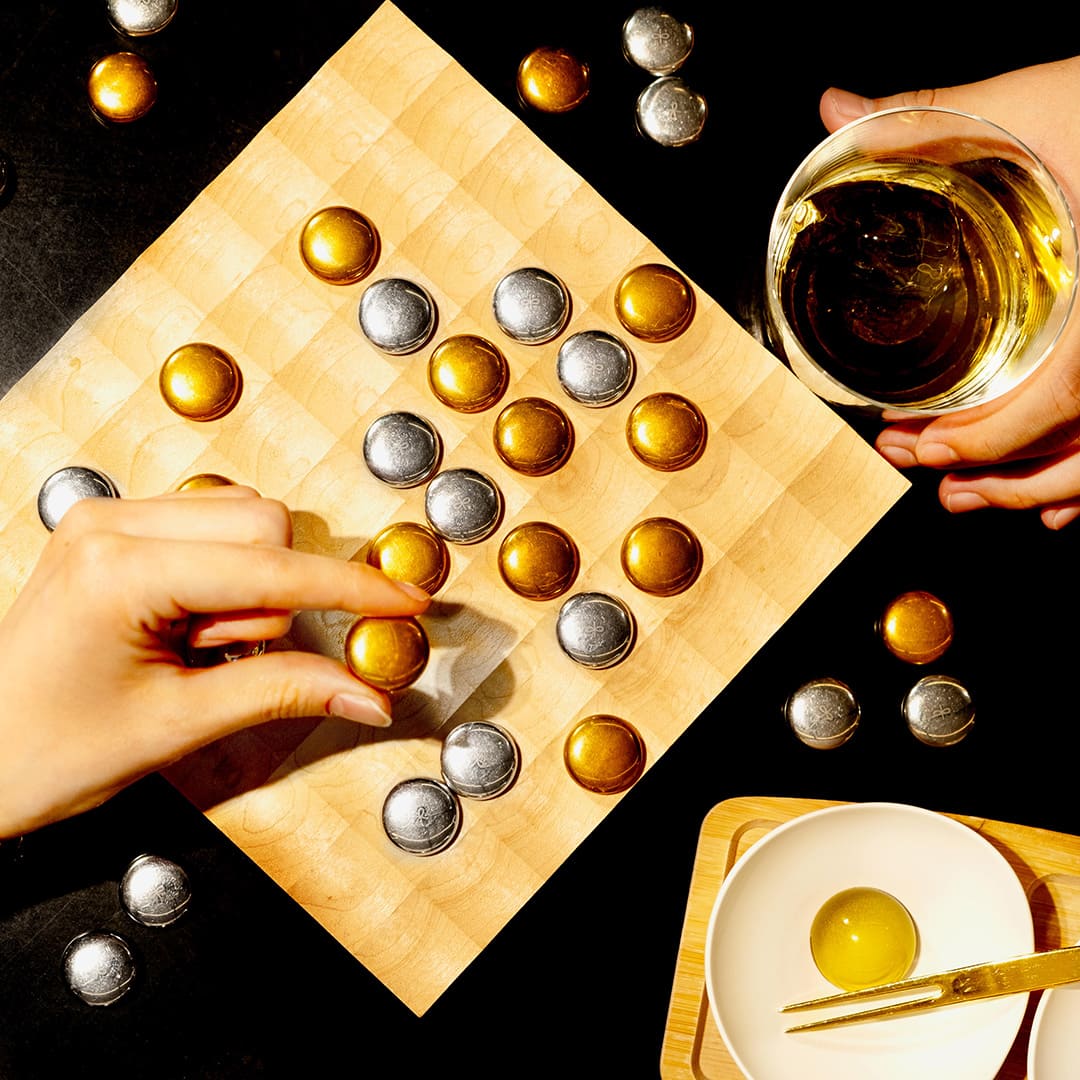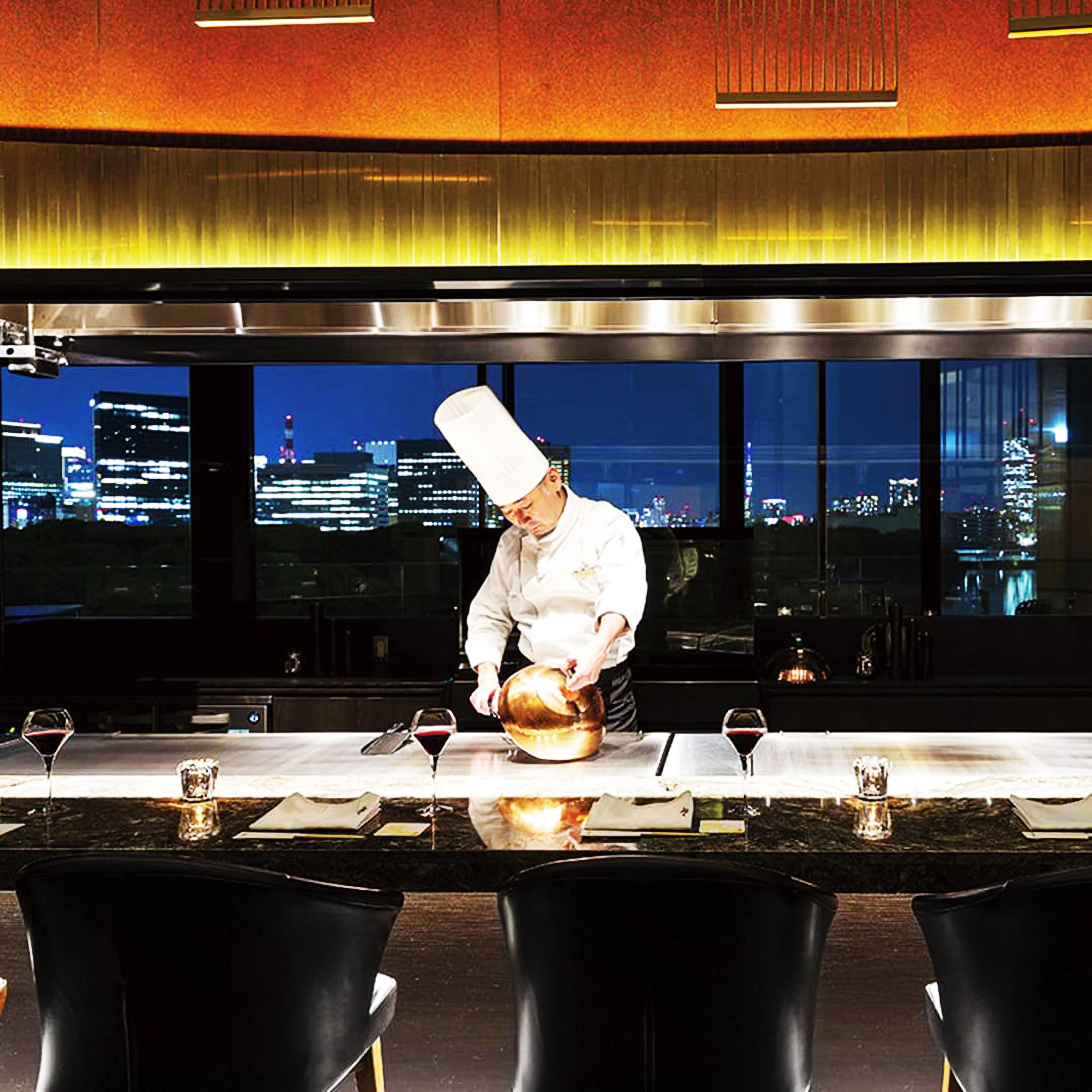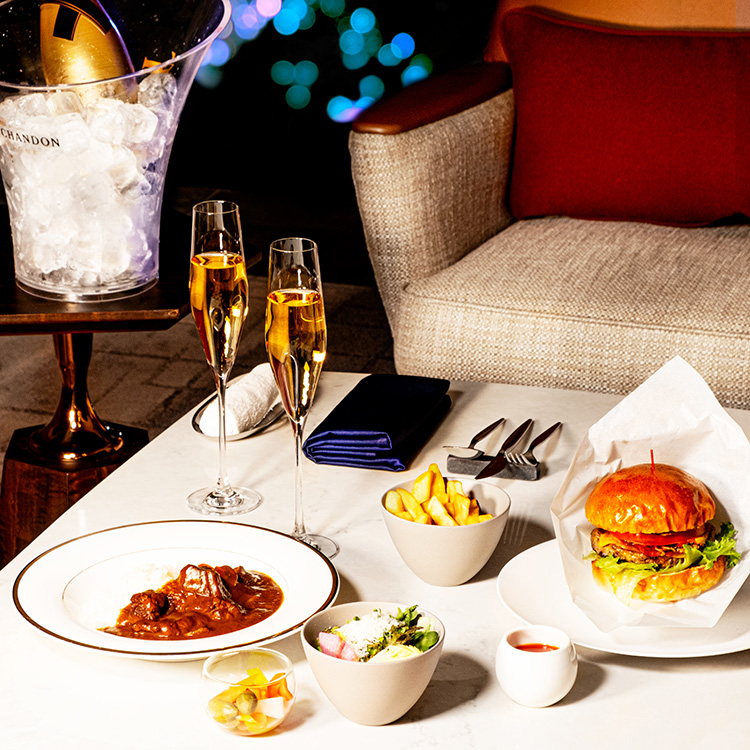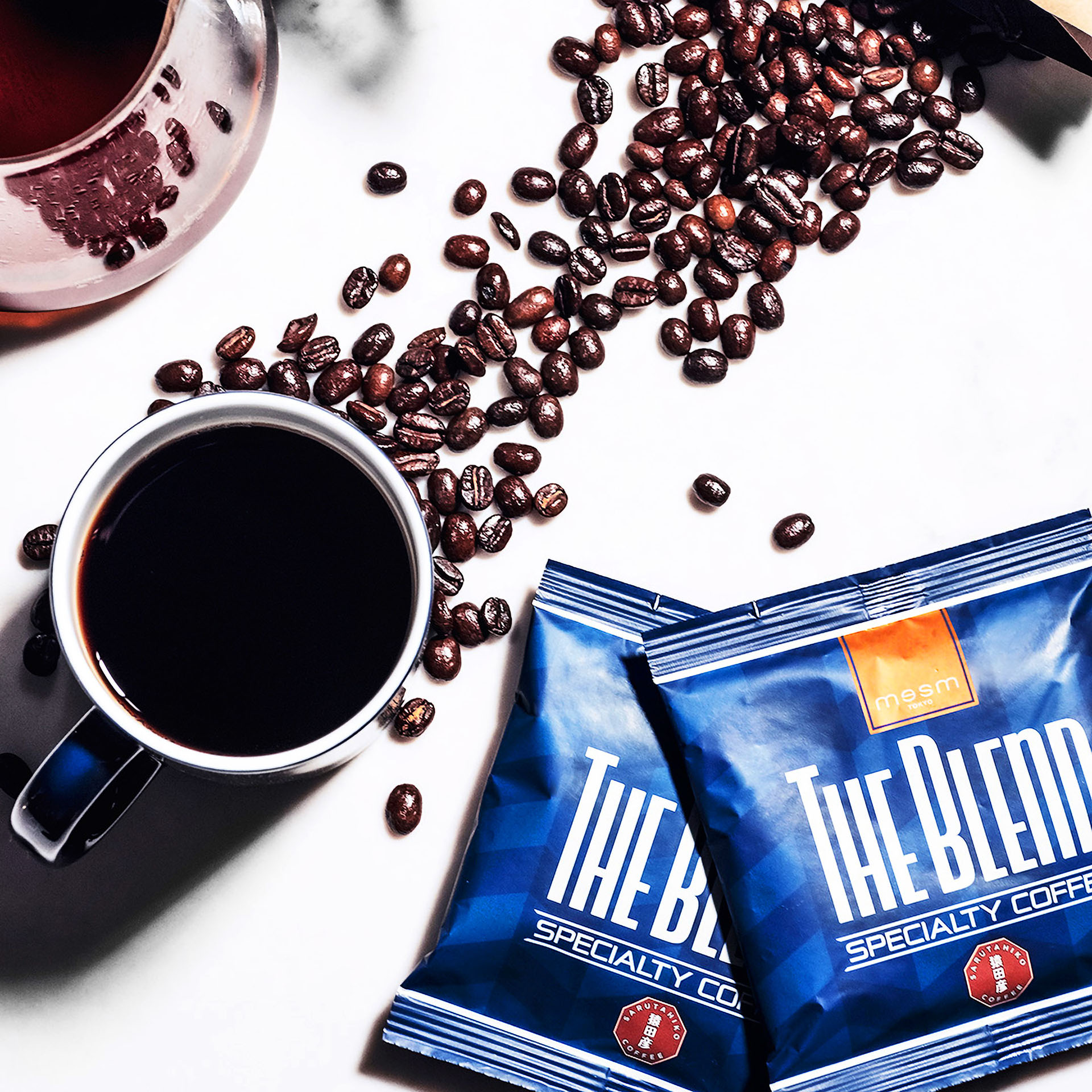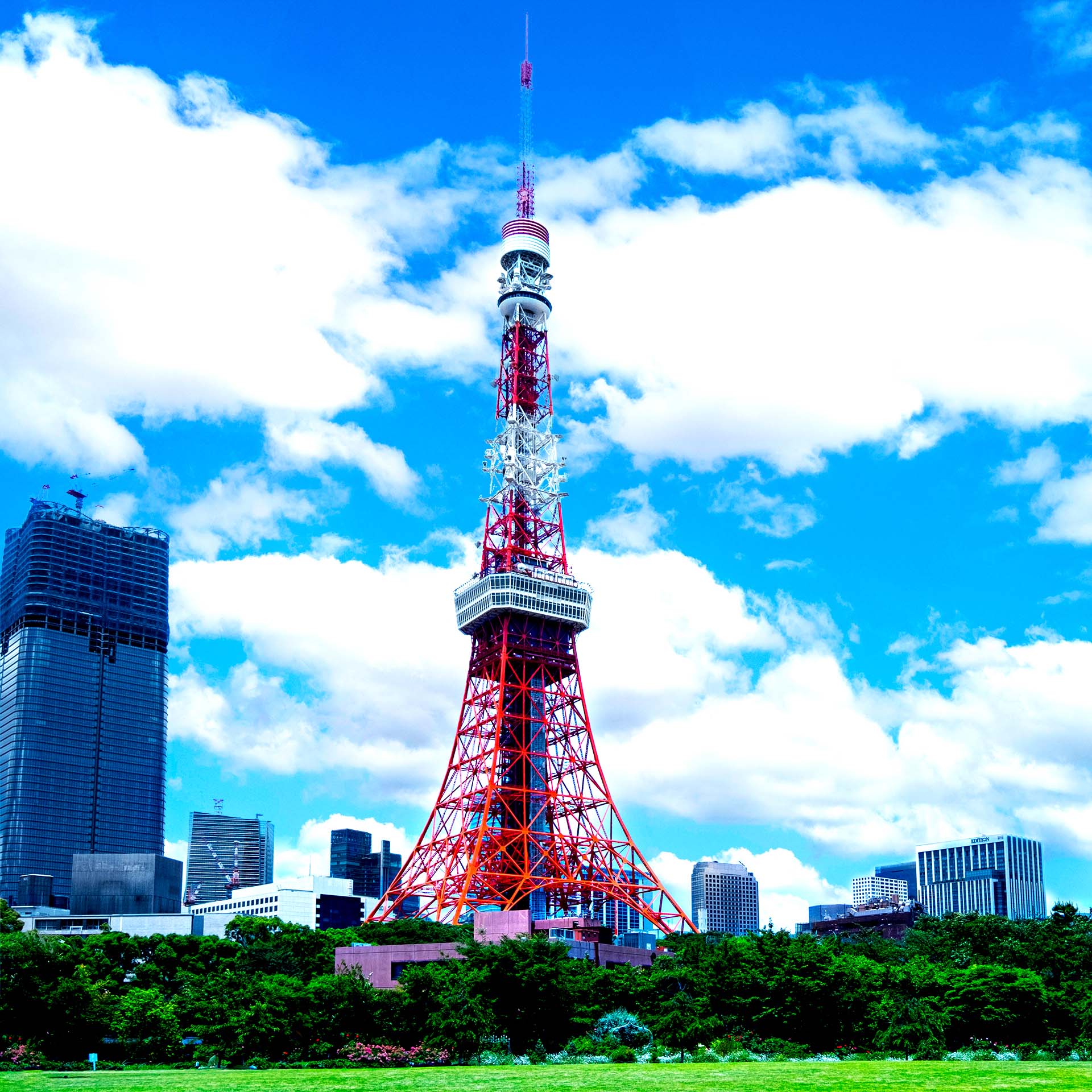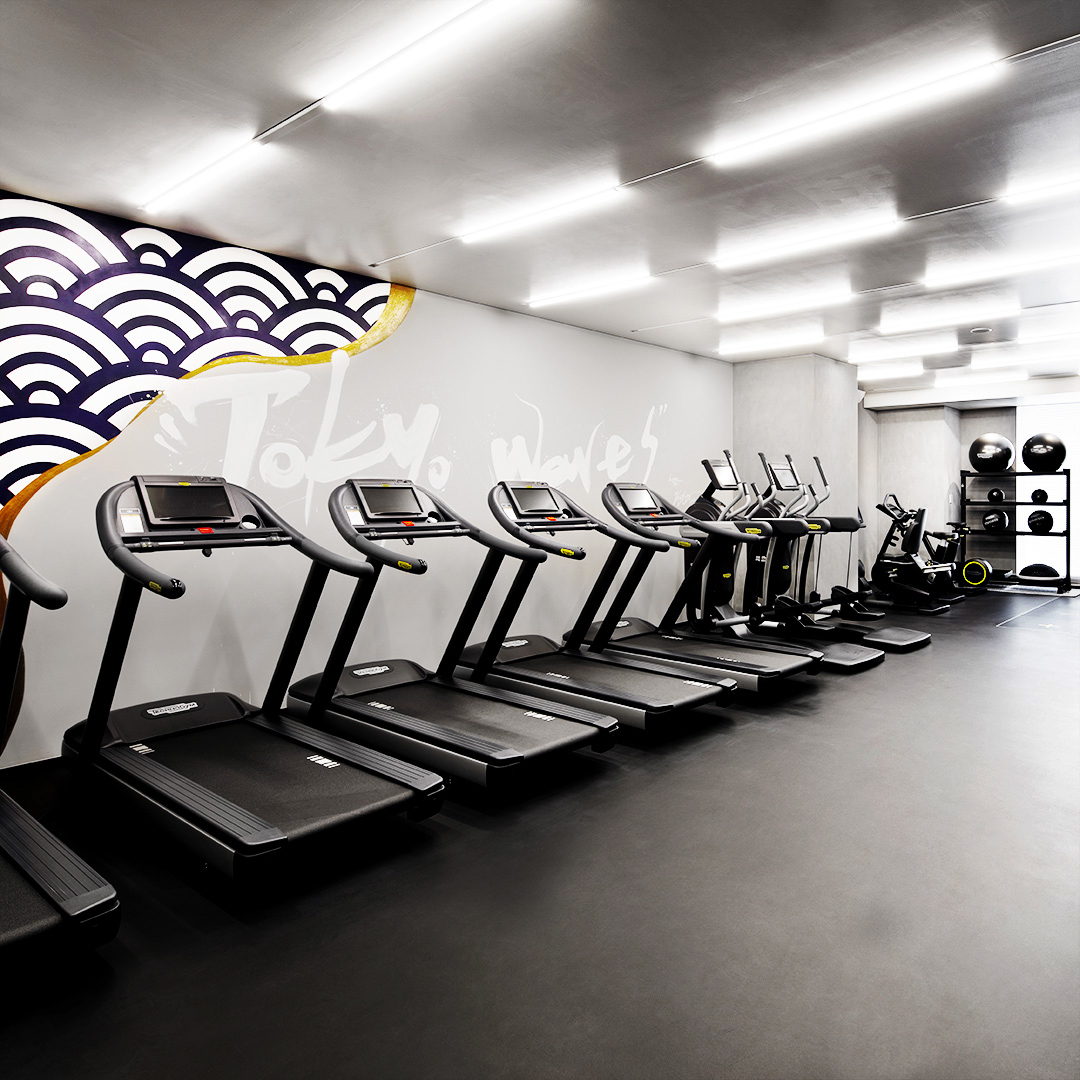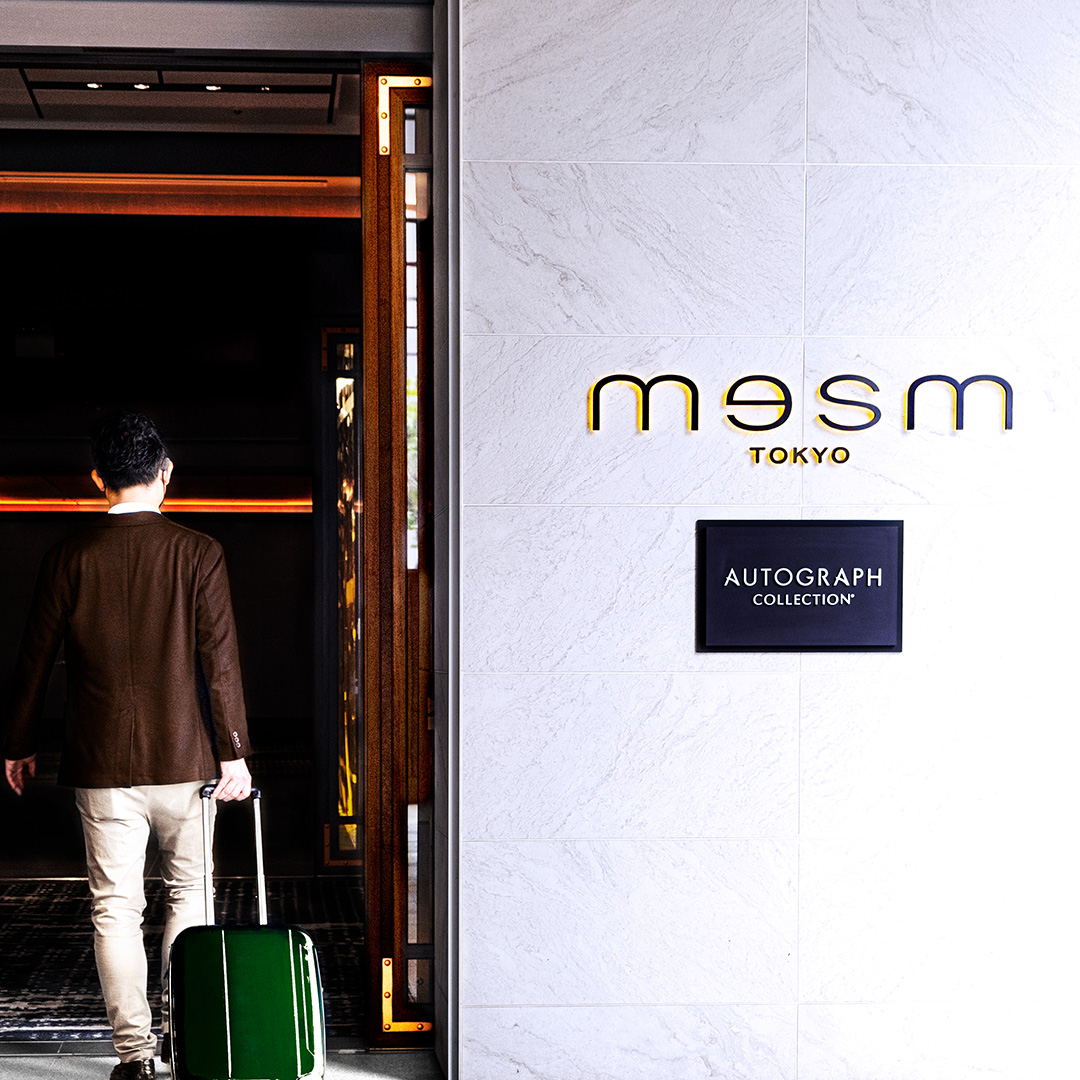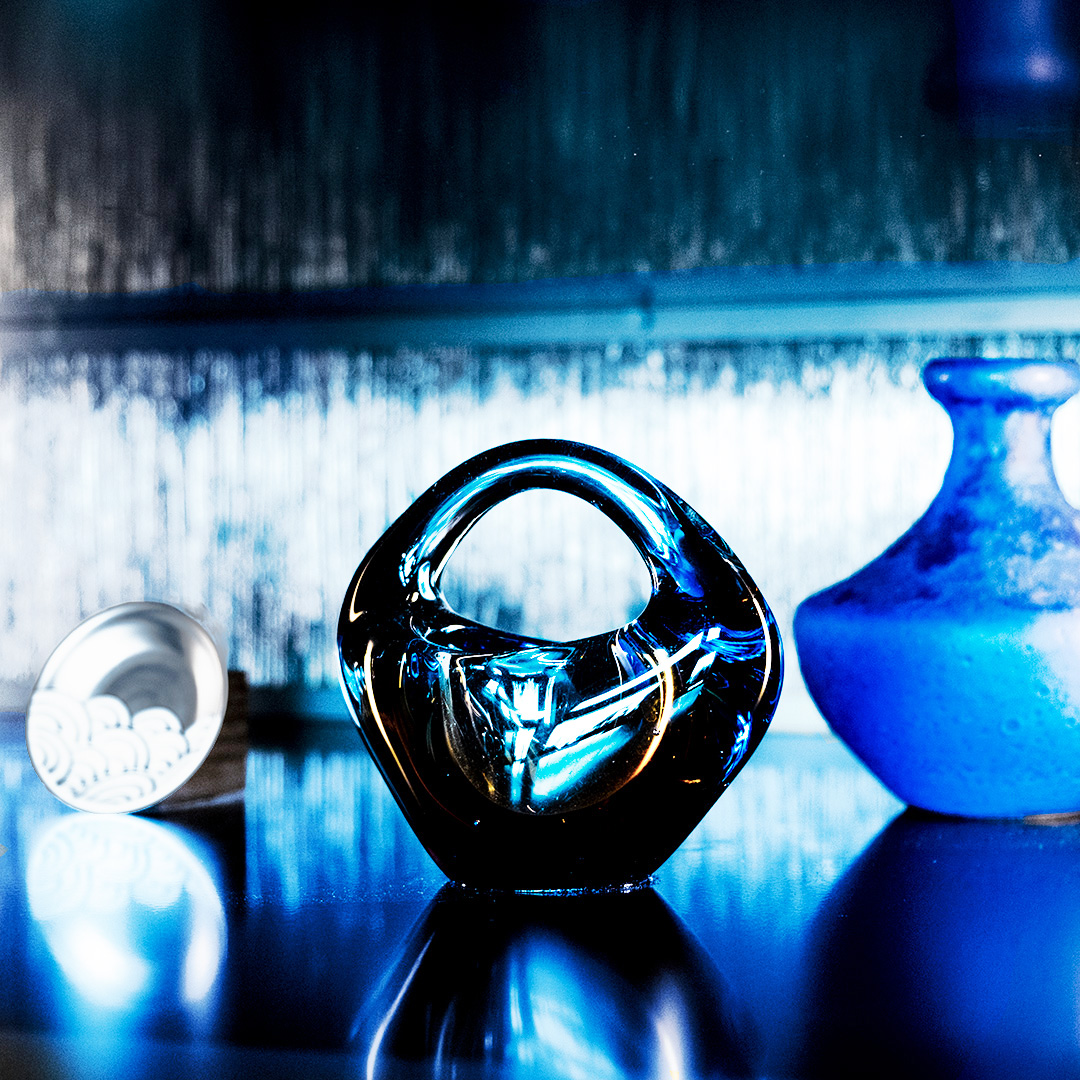
Sense of Taste
- HOME
- STORY
- TOKYO WAVES magazine
- Vol2 sense of taste
A Place Where Anyone Can Stop By and Experience Cheese First Hand
Sense of Taste
SHIBUYA CHEESE STAND
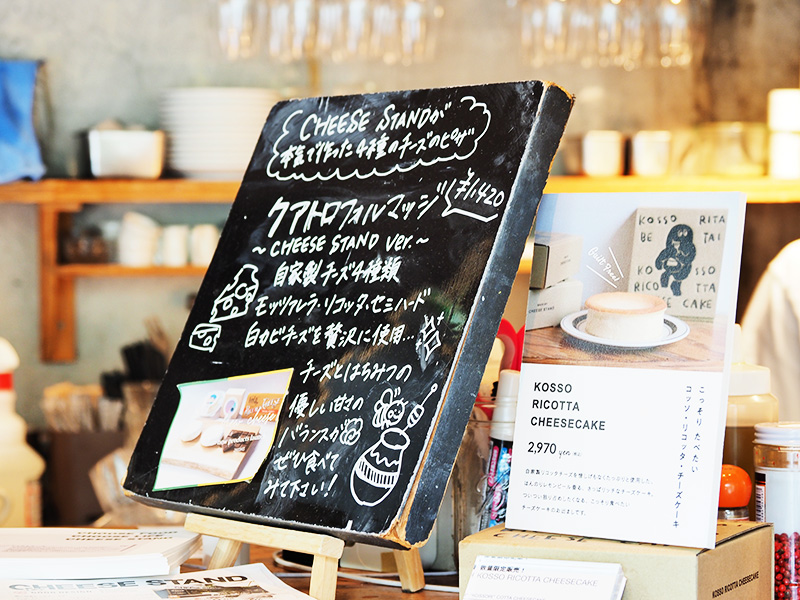
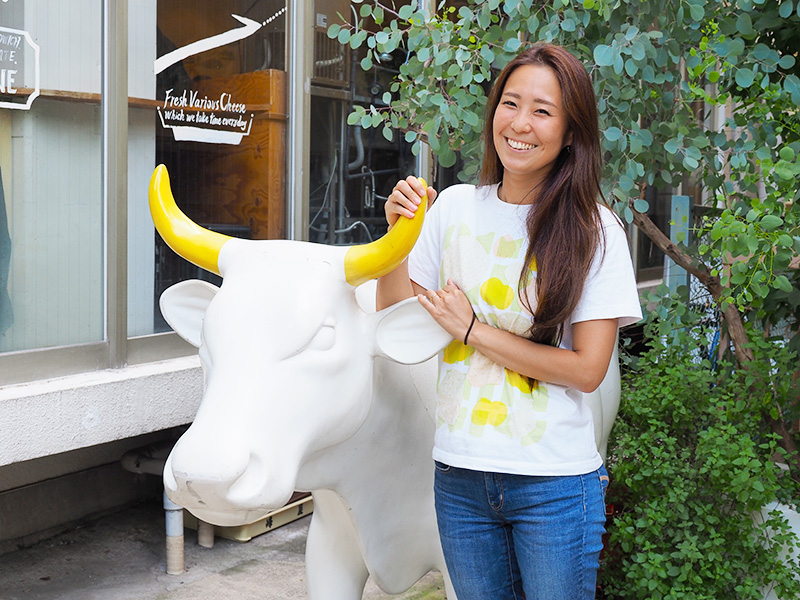
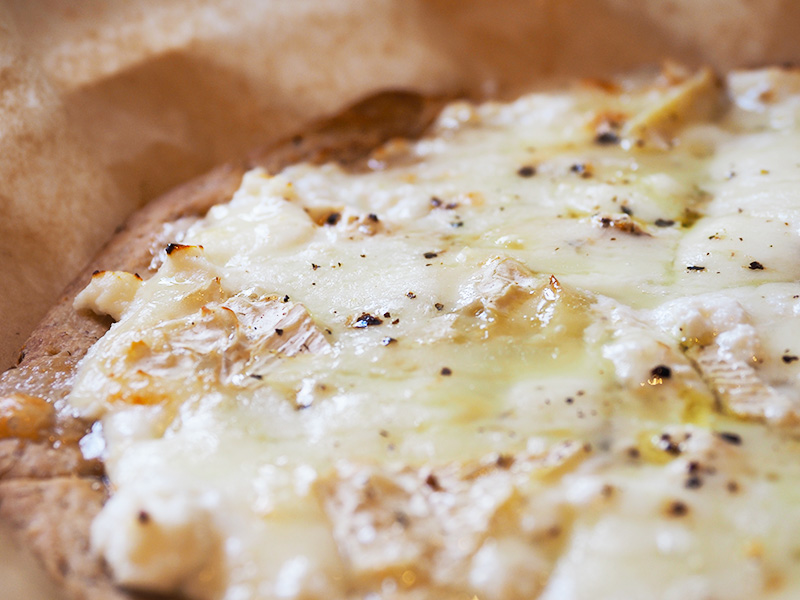
Tokyo Burrata is full of this kind of attention to detail. I slide my knife into the thin, white, smooth-as-velvet skin. I can feel the surface snap as the knife goes through. Immediately, a rich, fibrous mixture of mozzarella and cream overflows from the cut. In Italian, burrata means “buttery.” Excitedly, I take a bite, and am entranced by the cheese’s buttery richness and creaminess. Next comes the unique, crisp texture of the mozzarella. Such a luxurious taste—a well-balanced combination of the freshness of the cheese and the creaminess of the milk. This is exactly what they mean by “melt-in-the-mouth delicious.” Ms. Yoneda glowed with pride as she told us, “We are very confident of this flavor, which is the result of constant improvements.”
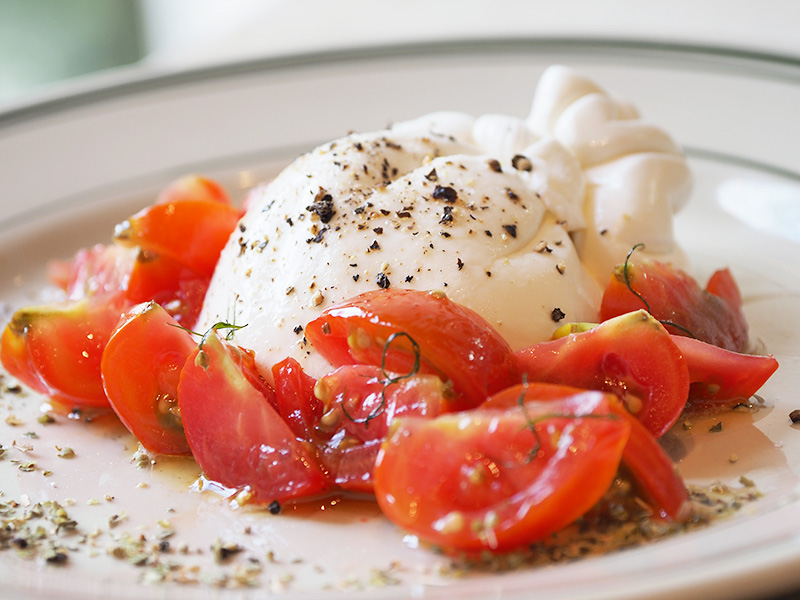
SHIBUYA CHEESE STAND
I think you will find quite a few people who like cheese, and I am one of them. Cheese tastes good atop a cracker, and is essential to gratin or pizza. It is a perfect companion to a glass of wine. Mozzarella, Camembert, Gorgonzola - all of them are enchanting. There are said to be more than 1,000 varieties of cheese, based on differences in how they are made and the ingredients used. Among the many types of cheese, burrata is rapidly growing in popularity. Burrata is a fresh cheese that has been produced in the Puglia region of southern Italy since around 1920. Its distinctive feature is its shape, like a drawstring bag. It is white, smooth, and about the size of a mandarin orange. It is only in the last few years that burrata has become something of a hot topic in Japan. If you were to try to transport it from Italy to Japan, its best-by date would expire before it reached store shelves, making it difficult to find here. Yes, burrata is all about freshness. In the midst of this situation, a store where one can purchase fresh, handmade burrata opened in Shibuya, Tokyo, in 2012. That was SHIBUYA CHEESE STAND, the store we visited for this article and the first in Japan to successfully produce and commercialize burrata.

Spokesperson Nozomi Yoneda told us, “It all began when our founder encountered freshly made cheese in Italy. He established the company to spread the taste and enjoyment of fresh cheese throughout Japan as well.” Shibuya is a center of culture; he wanted to start the business here, where people from all walks of life gather. The store produces and sells primarily handmade fresh cheese daily under the concept of “fresh cheese for the neighborhood.” Ms. Yoneda says, “He wanted to make it a place where anyone could stop by and experience cheese first hand, just like stopping at a ‘gasoline stand’ (gas station) or an old-fashioned ‘milk stand,’ a place that served mostly milk-based beverages and light snacks. Hence the name “CHEESE STAND.” It seems a very satisfying and delightful name. And one of their signature products is their Tokyo Burrata.

Work at CHEESE STAND starts early in the morning, at 3 a.m. Tokyo Burrata consists of just three ingredients—raw milk, raw cream and salt. It is very simple. The milk comes from Kiyose, a semi-rural city in Tokyo. When you mention milk, most people think of Hokkaido, but no, here it comes from Tokyo. “If milk is rattled and shaken during transport, it can foam up and its surface area can increase, causing oxidation,” says Ms. Yoneda. Hokkaido is too far away for procuring the freshest possible milk. Milk from Tokyo arrives fresh, and is of very high quality as well. Ms. Yoneda says, “We wanted to find value in making our product in Tokyo using milk from Tokyo.” Once again, a very convincing explanation.
Once the curds are made, using the same process as for mozzarella cheese, they are stretched out thinly and formed into a pouch. That pouch is then filled with a mixture of cream and finely chopped mozzarella cheese, known as stracciatella. The filled pouch is then closed like a drawstring bag. In Italy, they use a plant leaf to tie the pouch closed. In Japan, however, leaves and vinyl are not acceptable for use in light of laws related to food products. So what to use? The answer they came up with after much trial and error was to make a string out of mozzarella. This way of tying off the pouch is a common sight today, but in fact it originated with CHEESE STAND. The cheese, carefully crafted to perfection, is brought from the factory in time for the store’s 11 a.m. opening. You will be tempted to eat the freshly made burrata right away, but Ms. Yoneda says, “Burrata tastes best about three days after it’s produced, when the cream and cheese fibers inside have had time to blend together.” On top of which it has a short expiration date: just five days from the date of manufacture. Just thought of taking the first bite at exactly the right moment makes me feel strangely elated.

Tokyo Burrata is full of this kind of attention to detail. I slide my knife into the thin, white, smooth-as-velvet skin. I can feel the surface snap as the knife goes through. Immediately, a rich, fibrous mixture of mozzarella and cream overflows from the cut. In Italian, burrata means “buttery.” Excitedly, I take a bite, and am entranced by the cheese’s buttery richness and creaminess. Next comes the unique, crisp texture of the mozzarella. Such a luxurious taste—a well-balanced combination of the freshness of the cheese and the creaminess of the milk. This is exactly what they mean by “melt-in-the-mouth delicious.” Ms. Yoneda glowed with pride as she told us, “We are very confident of this flavor, which is the result of constant improvements.”

At the end of our interview, we asked about the company’s future prospects. “The staff in our factory work hard from early in the morning, and each month we think up seasonal menus for the restaurant. All of our staff have a sincere approach to cheese, and we hope we’ll see even more customers who understand that.” Ms. Yoneda smiled as she said this, and I could sense both her desire to aim even higher and her deep affection for the company.
Good food makes people smile. Good food makes people happy. Good food has the power to enrich people’s lives. Tokyo Burrata is made with the same attention to detail as in Italy, the home of burrata. Try it simply with some olive oil and a little salt. Or pair it with seasonal fruit or red meat. Better yet, why not enjoy with a loved one a neutral, delicious burrata that goes with a wide variety of ingredients. I am sure it will become one small piece of a richer life.
- Information -
SHIBUYA CHEESE STAND
Address : 5-8 Kamiyama-cho, Shibuya-ku, Tokyo
Tel : +81 3-6407-9806
Hours : 11 a.m.–10:30 p.m., Sundays 11 a.m. – 8 p.m. (closed Mondays)
- Interviewer -
Kanako Sato, Marketing Communications, Specialist








